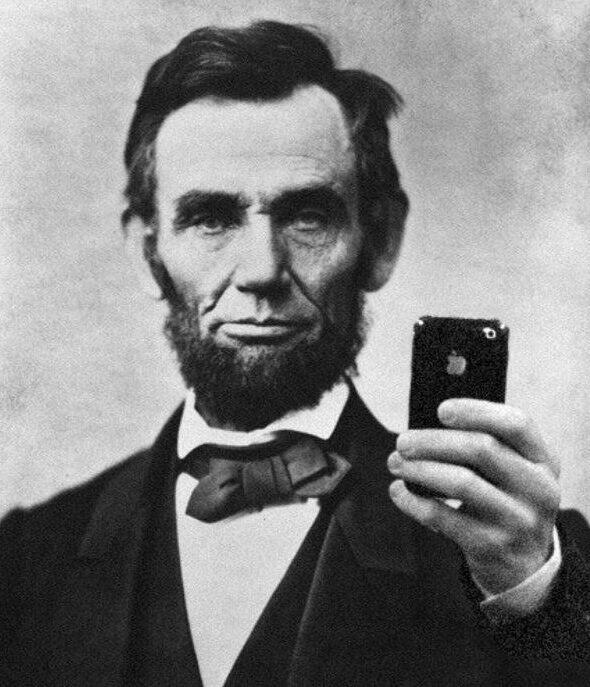-
 @ Nyxter
2025-04-09 21:19:39
@ Nyxter
2025-04-09 21:19:39DAOs promised decentralization. They offered a system where every member could influence a project's direction, where money and power were transparently distributed, and decisions were made through voting. All of it recorded immutably on the blockchain, free from middlemen.
But something didn’t work out. In practice, most DAOs haven’t evolved into living, self-organizing organisms. They became something else: clubs where participation is unevenly distributed. Leaders remained - only now without formal titles. They hold influence through control over communications, task framing, and community dynamics. Centralization still exists, just wrapped in a new package.
But there's a second, less obvious problem. Crowds can’t create strategy. In DAOs, people vote for what "feels right to the majority." But strategy isn’t about what feels good - it’s about what’s necessary. Difficult, unpopular, yet forward-looking decisions often fail when put to a vote. A founder’s vision is a risk. But in healthy teams, it’s that risk that drives progress. In DAOs, risk is almost always diluted until it becomes something safe and vague.
Instead of empowering leaders, DAOs often neutralize them. This is why many DAOs resemble consensus machines. Everyone talks, debates, and participates, but very little actually gets done. One person says, “Let’s jump,” and five others respond, “Let’s discuss that first.” This dynamic might work for open forums, but not for action.
Decentralization works when there’s trust and delegation, not just voting. Until DAOs develop effective systems for assigning roles, taking ownership, and acting with flexibility, they will keep losing ground to old-fashioned startups led by charismatic founders with a clear vision.
We’ve seen this in many real-world cases. Take MakerDAO, one of the most mature and technically sophisticated DAOs. Its governance token (MKR) holders vote on everything from interest rates to protocol upgrades. While this has allowed for transparency and community involvement, the process is often slow and bureaucratic. Complex proposals stall. Strategic pivots become hard to implement. And in 2023, a controversial proposal to allocate billions to real-world assets passed only narrowly, after months of infighting - highlighting how vision and execution can get stuck in the mud of distributed governance.
On the other hand, Uniswap DAO, responsible for the largest decentralized exchange, raised governance participation only after launching a delegation system where token holders could choose trusted representatives. Still, much of the activity is limited to a small group of active contributors. The vast majority of token holders remain passive. This raises the question: is it really community-led, or just a formalized power structure with lower transparency?
Then there’s ConstitutionDAO, an experiment that went viral. It raised over $40 million in days to try and buy a copy of the U.S. Constitution. But despite the hype, the DAO failed to win the auction. Afterwards, it struggled with refund logistics, communication breakdowns, and confusion over governance. It was a perfect example of collective enthusiasm without infrastructure or planning - proof that a DAO can raise capital fast but still lack cohesion.
Not all efforts have failed. Projects like Gitcoin DAO have made progress by incentivizing small, individual contributions. Their quadratic funding mechanism rewards projects based on the number of contributors, not just the size of donations, helping to elevate grassroots initiatives. But even here, long-term strategy often falls back on a core group of organizers rather than broad community consensus.
The pattern is clear: when the stakes are low or the tasks are modular, DAOs can coordinate well. But when bold moves are needed—when someone has to take responsibility and act under uncertainty DAOs often freeze. In the name of consensus, they lose momentum.
That’s why the organization of the future can’t rely purely on decentralization. It must encourage individual initiative and the ability to take calculated risks. People need to see their contribution not just as a vote, but as a role with clear actions and expected outcomes. When the situation demands, they should be empowered to act first and present the results to the community afterwards allowing for both autonomy and accountability. That’s not a flaw in the system. It’s how real progress happens.